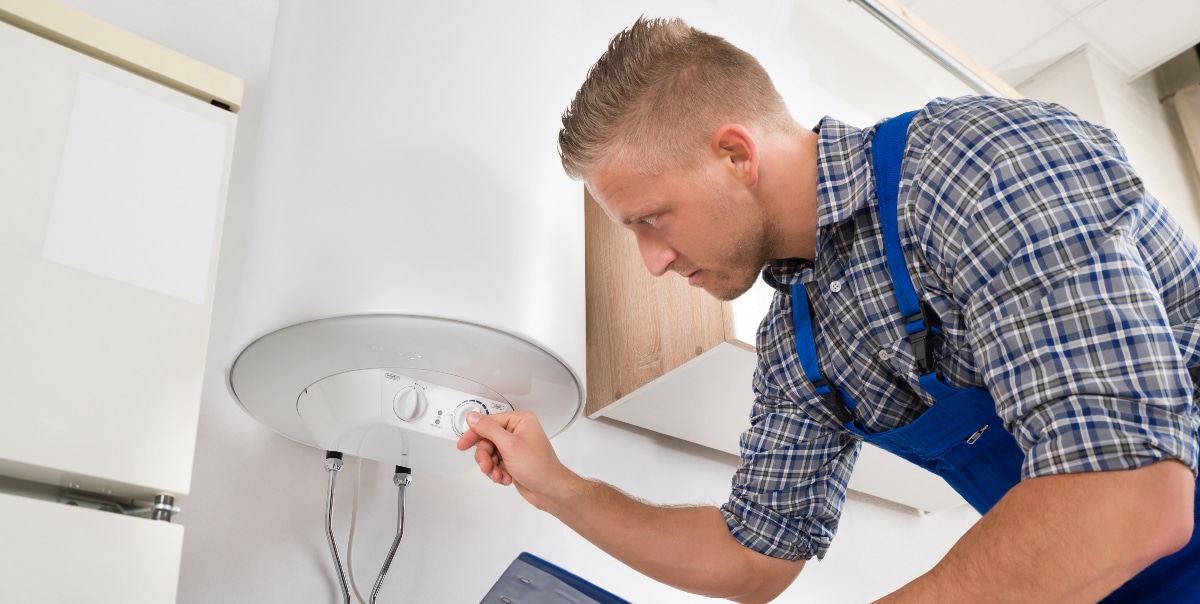Easy Guide to Caring for Your Home's Hot Water SystemKey Guidance on Caring for Your Home's Hot Water System
Easy Guide to Caring for Your Home's Hot Water SystemKey Guidance on Caring for Your Home's Hot Water System
Blog Article
Right here on the next paragraphs you will find a good deal of outstanding resources related to What Kind of Maintenance Do Water Heaters Need?.

Warm water is necessary for daily convenience, whether it's for a refreshing shower or washing dishes. To guarantee your hot water system runs efficiently and lasts much longer, regular upkeep is crucial. This article provides sensible ideas and insights on just how to preserve your home's hot water system to stay clear of interruptions and costly fixings.
Introduction
Preserving your home's hot water system could seem overwhelming, however with a few basic actions, you can ensure it runs smoothly for several years to come. This overview covers everything from comprehending your warm water system to DIY maintenance tips and understanding when to contact specialist aid.
Significance of Keeping Your Hot Water System
Normal maintenance not just extends the life expectancy of your warm water system however additionally ensures it runs successfully. Overlooking upkeep can lead to reduced effectiveness, greater energy expenses, and also premature failing of the system.
Indicators Your Hot Water System Requirements Upkeep
Knowing when your hot water system requires attention can prevent major concerns. Keep an eye out for signs such as inconsistent water temperature level, weird noises from the heating system, or rustic water.
Purging the Hot Water Heater
Flushing your water heater eliminates debris accumulation, boosting efficiency and extending its life.
Monitoring and Changing Anode Rods
Anode rods prevent rust inside the container. Evaluating and replacing them when worn is critical.
Complex Issues Needing Specialist Aid
Examples include major leaks, electric troubles, or if your hot water heater is consistently underperforming.
Routine Expert Upkeep Conveniences
Specialist maintenance can include comprehensive assessments, tune-ups, and making sure conformity with safety and security criteria.
Inspecting and Adjusting Temperature Settings
Adjusting the temperature settings guarantees ideal performance and security.
DIY Tips for Upkeep
You can perform several maintenance tasks yourself to keep your hot water system in leading condition.
Checking for Leaks
Frequently examine pipes and connections for leaks, as these can result in water damage and higher costs.
Recognizing Your Warm Water System
Prior to diving right into upkeep tasks, it's valuable to comprehend the fundamental components of your hot water system. Typically, this consists of the hot water heater itself, pipes, anode rods, and temperature controls.
Monthly Upkeep Tasks
Normal regular monthly checks can assist catch minor concerns prior to they intensify.
Evaluating Pressure Relief Valves
Examining the stress safety valve ensures it functions appropriately and protects against extreme pressure buildup.
Shielding Pipelines
Insulating warm water pipelines minimizes warm loss and can save energy.
When to Call a Professional
While DIY maintenance is beneficial, some issues call for specialist experience.
Verdict
Normal upkeep of your home's hot water system is vital for efficiency, longevity, and cost financial savings. By adhering to these ideas and understanding when to seek professional aid, you can make sure a trustworthy supply of hot water without unexpected disruptions.
Water Heater Maintenance Tips
Test the TPR Valve
Shut off the power and the cold-water supply valve. Place a bucket under the pipe connected to the temperature-pressure-release (TPR) valve on the top or side of the tank. (This valve opens if the tank pressure gets too high.) Lift the valve’s tab to let some water out, then let go. If water keeps flowing, drain the tank partway, unscrew the old valve with a pipe wrench, and install a new one. Check the Anode Rod
Put a hose to the tank’s drain cock and let out a few gallons of water. Now fit a 1 1/16-inch socket onto the rod’s hex head on top of the heater (or under its top plate) and unscrew the rod. If it’s less than ½ inch thick or coated with calcium, buy a new one, wrap its threads with Teflon tape, put it back in the tank, and tighten securely. Use this segmented rod if headroom above the tank is limited. Drain the Tank and Wash Out Sediment
Drain the remaining water in the tank into the bucket, then stir up the sediment on the tank’s bottom by briefly opening the cold-water supply valve. Drain and repeat until clean water comes out of the hose. Close the drain cock, refill the tank, and turn its power back on. Adjust the Temperature
Find the temperature dial on the side of the tank and unscrew its cover. Adjust the dial to 120 degrees using a flathead screwdriver. For every 10 degrees the temperature is lowered, you can expect to save up to 5 percent in energy costs. Turn the water heater off or the thermostat down to its lowest setting if you plan to be away from home for more than three days. Insulate the Pipes
Buy some self-sticking 3/8-inch-thick foam pipe insulation that matches the pipes’ diameter. Slide the foam over the hot-and cold-water pipes as far as you can reach. Insulating the cold-water pipe prevents condensation in summer. Peel the tape and squeeze the insulation closed. If the pipe is 6 inches or less from the flue, cover it with 1-inch-thick unfaced fiberglass pipe wrap. https://www.thisoldhouse.com/plumbing/21016402/how-to-maintain-a-water-heater

Hopefully you liked our post on What Kind of Maintenance Do Water Heaters Need?. Thanks a ton for finding the time to read our post. Sharing is caring. Helping others is fun. I enjoy your readership.
Contact Us Today Report this page